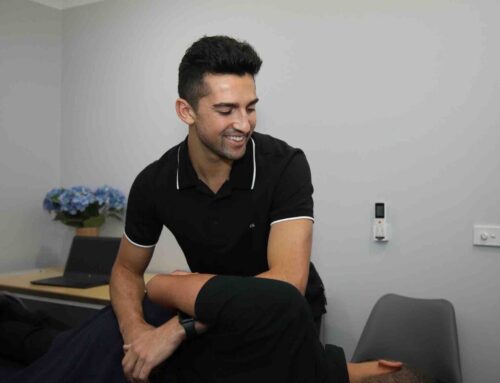Scheuermann’s disease, also known as Scheuermann’s kyphosis, is a condition affecting the spine, predominantly seen in teenagers. This structural disorder leads to the development of a pronounced curvature in the upper back, resulting in a hunched or rounded appearance. As Osteopaths, we aim to provide comprehensive care and education to help manage this condition effectively. Here’s what you need to know about Scheuermann’s disease.
What is Scheuermann’s Disease?
Scheuermann’s disease is a form of juvenile osteochondrosis of the spine, typically manifesting during adolescence (teenage years) when the body is growing rapidly. It is characterized by wedge-shaped vertebrae, which cause the spine to curve abnormally. This condition can lead to a thoracic kyphosis, where the upper back rounds more than usual, sometimes creating a visible hump.
Causes and Risk Factors
The exact cause of Scheuermann’s disease is unknown, but it is believed to be multifactorial, involving genetic, biomechanical, and environmental factors. The condition is slightly more common in males than females and often runs in families, suggesting a hereditary component. Poor posture during growth spurts may exacerbate the curvature, but it is not the primary cause.
Symptoms

Image courtesy: https://kidshealth.org/en/parents/scheuermann-kyphosis.html
Symptoms of Scheuermann’s disease can vary in severity. Common signs include:
- Visible Hump: A noticeable rounding or hump in the upper back.
- Back Pain: Often mild to moderate, especially after physical activity or prolonged periods of sitting or standing.
- Stiffness: Reduced flexibility in the spine and hamstrings.
- Fatigue: General fatigue, particularly in the back muscles due to the effort required to maintain posture.
Diagnosis
Diagnosis typically involves a physical examination and imaging studies. An osteopath will look for signs of kyphosis and may request imaging to confirm the diagnosis. Imaging can reveal the characteristic wedge-shaped vertebrae and the degree of curvature.
Treatment Options
Treatment for Scheuermann’s disease varies depending on the severity of the condition and the symptoms experienced. Here are some common approaches:
Bracing
In more severe cases or when the curvature is progressing rapidly, a back brace may be recommended. Bracing is most effective in adolescents whose bones are still growing, as it can help support the spine.
 Exercise Rehab
Exercise Rehab
A structured exercise rehabilitation program can help improve flexibility, strength, and posture. Exercises focus on stretching tight muscles and strengthening weak ones, aiming to reduce pain and improve function.
Osteopathic Treatment
Osteopathy may be used to improve spinal function and relieve discomfort. Techniques may include manipulation, stretching, and massage to enhance mobility and alleviate pain.
Living with Scheuermann’s Disease
Many individuals lead active, fulfilling lives with proper management. Regular follow-ups with an osteopath can ensure that any changes in the spine are monitored and addressed promptly. Adopting a healthy lifestyle, including regular exercise, proper nutrition, and maintaining good posture, plays a crucial role in managing symptoms and improving quality of life.
 Final Takeaway
Final Takeaway
If you or a loved one is dealing with Scheuermann’s disease, it’s important to seek professional guidance. Early diagnosis and appropriate treatment can significantly impact the progression of the condition and overall well-being. Osteopaths can help provide personalized care and support to help manage Scheuermann’s disease effectively. Please feel free to contact our clinic to schedule an appointment or to learn more about how Osteopathy can help.
 Exercise Rehab
Exercise Rehab Final Takeaway
Final Takeaway



